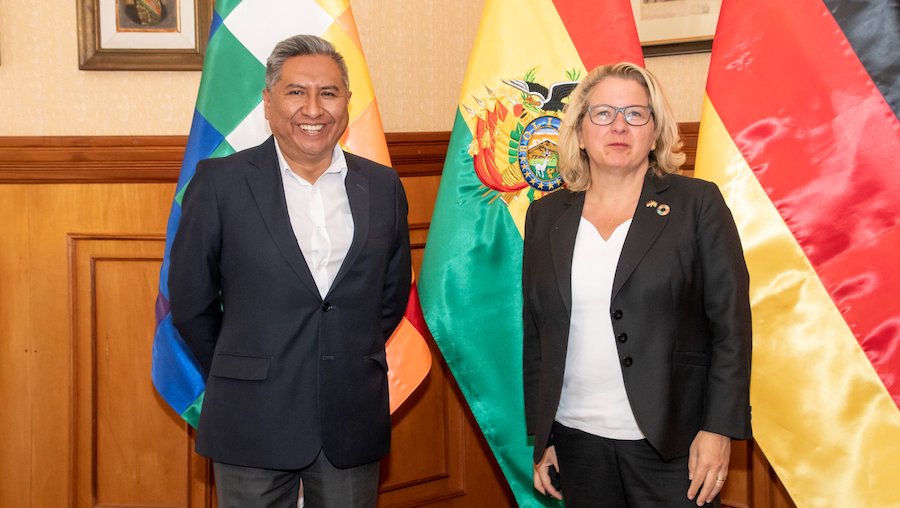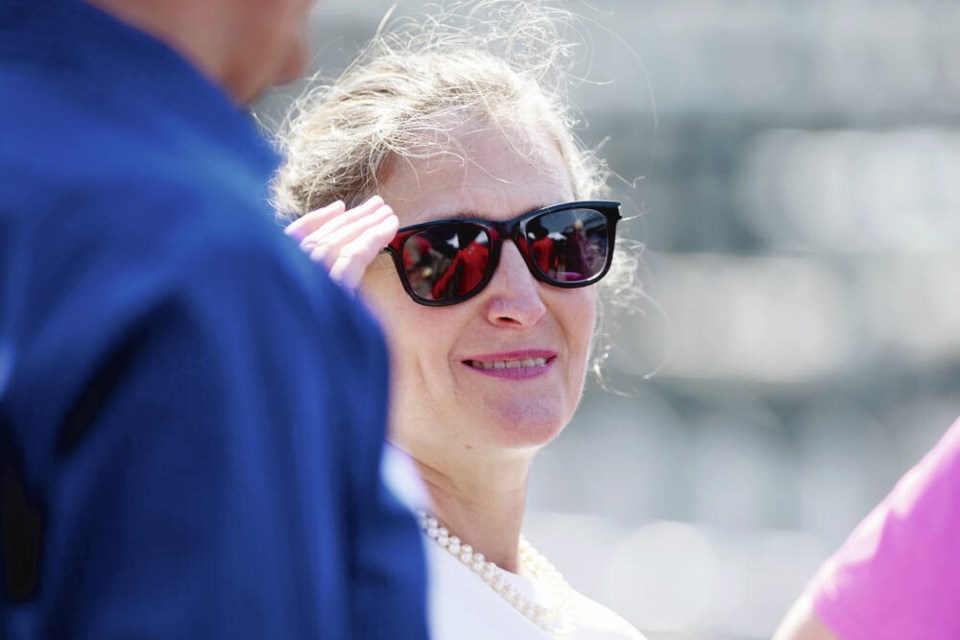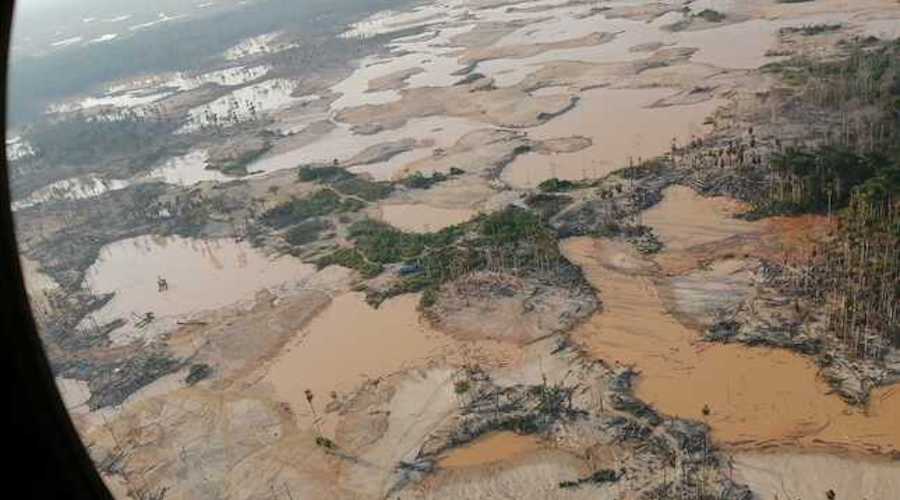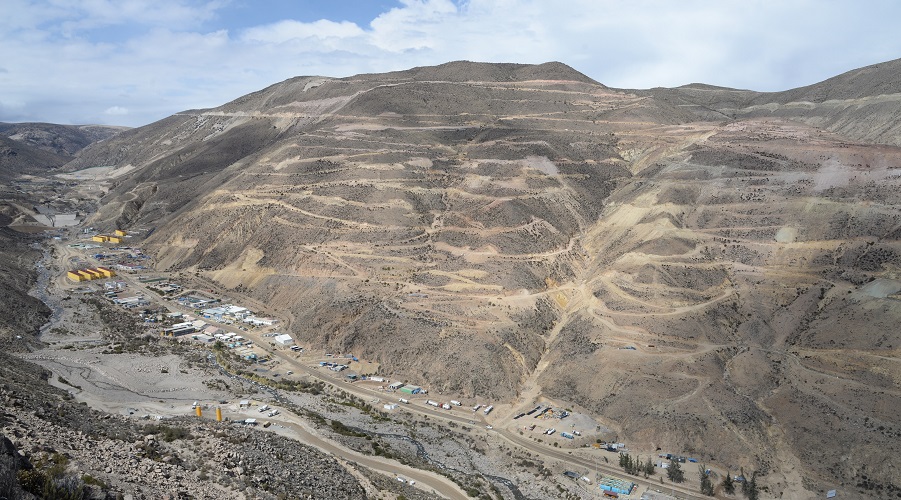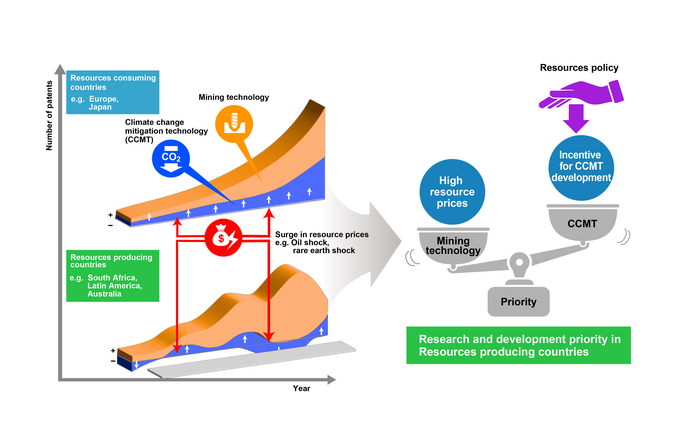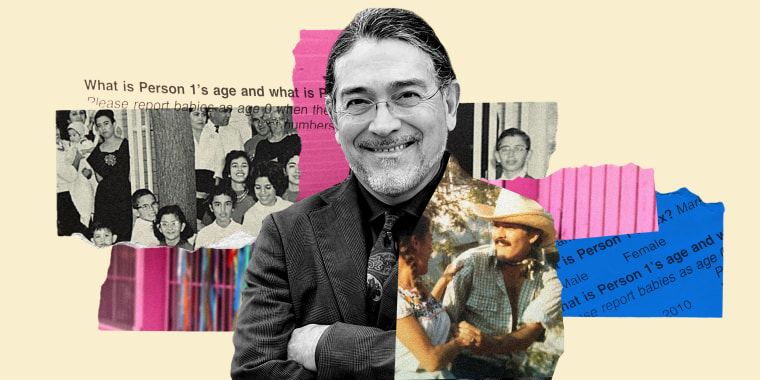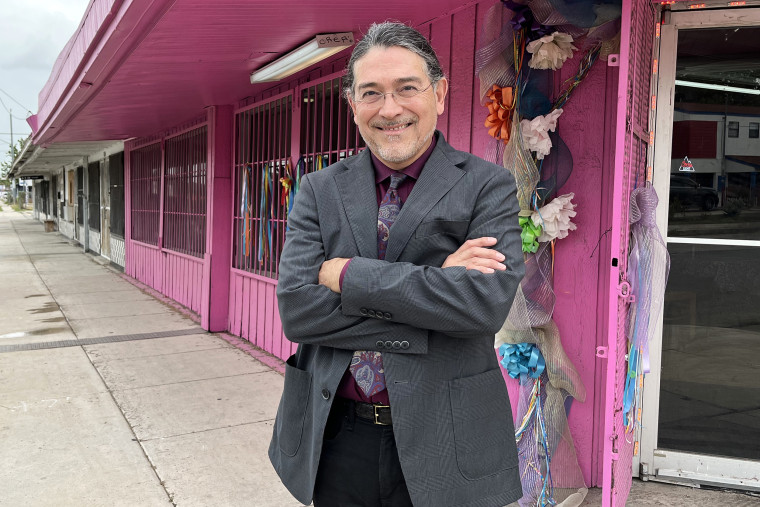Current and former politicians from across the Canadian political spectrum have condemned an incident in Alberta during which a man verbally accosted Deputy Prime Minister Chrystia Freeland on Friday.
A 14-second video posted on Twitter by an account that voices opposition to COVID-19 public health measures shows Freeland entering an elevator while a large man approaches her, hurling profanities and calling her a “traitor.”
The man in the video looms in front of the open elevator doors and tells Freeland to get out of Alberta, while a woman tells her, “you don’t belong here.”
Another, longer clip shows the man being asked to leave the building and walking outside to a parking lot, where he says “that was perfect timing.”
Freeland, who is also the finance minister, had posted photos on social media Friday showing her meeting with Jackie Clayton, the mayor of Grande Prairie, Alta., northwest of Edmonton.
The first video shows the man calling Freeland by her first name and the deputy prime minister turning to face him, saying “yes,” before he begins yelling.
Freeland addressed the incident with a post on social media Saturday, saying what happened was wrong and “nobody, anywhere, should have to put up with threats and intimidation.”
She wrote that she is proud to be from Alberta, and she was grateful for the warm welcomes she had received while visiting Edmonton, Grande Prairie and Peace River, Alta., over the past few days. “One unpleasant incident yesterday doesn’t change that,” she wrote.
Former deputy Conservative leader Lisa Raitt posted on Twitter saying she felt a knot in her stomach when she watched the video, worried that the man would follow Freeland.
“She hears her name (and) turns … because she is open to engaging with people. He becomes abusive (and) she heads into the elevator,” Raitt wrote, adding, “physical intimidation is not a form of democratic expression.”
Former Liberal environment minister Catherine McKenna replied to Raitt, saying she felt the same way while watching the video.
McKenna, who had received additional security for certain events during her time in office, called on “all party leaders” to hold a joint press conference to condemn what she described as an “attack” on Freeland and commit to enhanced security for elected officials.
Cabinet ministers do not generally receive protection from the RCMP, but it can be arranged if circumstances warrant. A number of politicians and pundits took to social media after the incident in Grande Prairie to question whether additional security should become more common.
Michelle Rempel Garner, a former federal cabinet minister in Stephen Harper’s government and a current Conservative Member of Parliament from Calgary, also replied to Raitt, describing “the hot, sick feeling of being trapped … of not knowing where to run if it escalates, of being confronted by someone hostile and physically larger than you.”
Many Liberal MPs have voiced support for Freeland, including Public Safety Minister Marco Mendicino, who tweeted that harassment, intimidation and threatening behaviour must be “condemned by everyone, regardless of political affiliation.”
Defence Minister Anita Anand, meanwhile, wrote on Twitter that she was “appalled by the threats and intimidation” directed at her cabinet colleague.
“This behaviour has no place in Canada. We’ve all run for office to promote dialogue on important public policy issues, and harassment like this cannot be tolerated,” she wrote.
Alberta Premier Jason Kenney also spoke out on Twitter, saying the “verbal harassment and threats” directed at Freeland were “reprehensible.”
“You know that our governments have a lot of serious disagreements. But you’re always more than welcome to come and visit us here in the province where you grew up (and) your family lives,” Kenney wrote to Freeland.
Jean Charest, the former premier of Quebec who is vying to become the next federal Conservative leader, condemned the incident as “gross intimidation.” He issued a tweet calling it “dangerous behaviour” that “cannot be normalized.”
Edmonton New Democrat MP Heather McPherson also posted a tweet directed at Freeland, saying she doesn’t always agree with the Liberal government’s decisions, “but on behalf of the vast majority of Albertans who are kind, generous and decent, you are welcome here.”
Deputy PM Freeland responds to harassment incident in Alberta
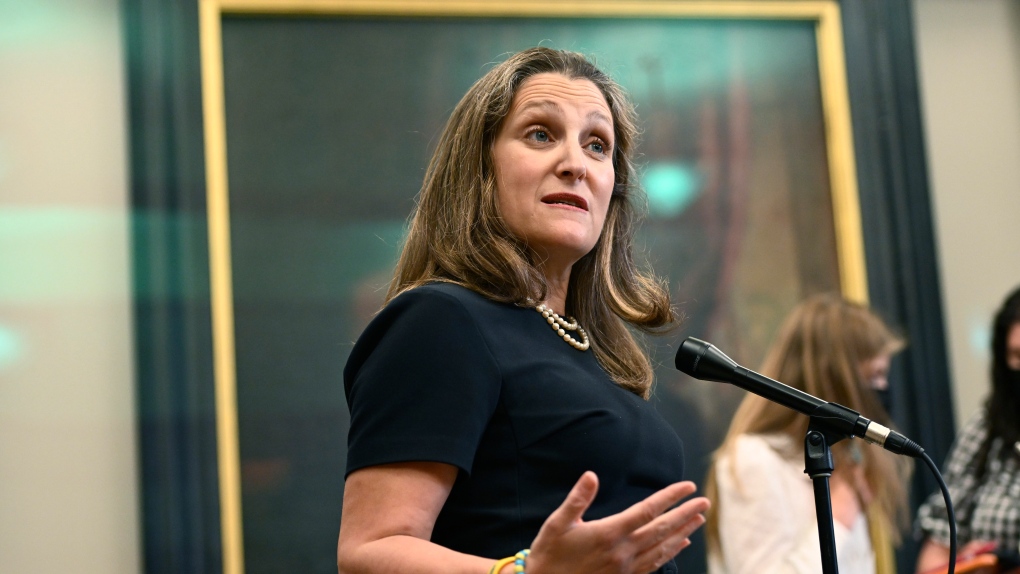
PreviousNext
Deputy Prime Minister and Minister of Finance Chrystia Freeland speaks to reporters before heading to Question Period in the House of Commons on Parliament Hill in Ottawa on Thursday, June 23, 2022. THE CANADIAN PRESS/Justin Tang
Tom Yun
CTVNews.ca writer
Follow | Contact
Updated Aug. 27, 2022
Deputy Prime Minister Chrystia Freeland has responded to an incident of verbal harassment in Alberta after video of the encounter was widely circulated on social media.
The video, which was shared on Twitter, shows a man and two women waiting at the lobby of Grande Prairie, Alta.'s city hall when Freeland and her staffers enter the building and approach the elevator.
"Chrystia!" the man yells.
"Yes!" Freeland responds.
What follows is a barrage of insults and swearing from the man, calling Freeland a "traitor" and a "f---ing b----" as she steps into the elevator.
"Get the f--- out of this province!" the man can be heard yelling, while another woman tells her, "You don't belong here."
Freeland responded to the incident Saturday.
"What happened yesterday was wrong," she said in a statement posted to Twitter. "Nobody, anywhere, should have to put up with threats and intimidation."
Freeland, who represents a downtown Toronto riding, was born in Peace River, Alta. and attended high school in Edmonton.
"I'm proud to be from Alberta," she said. "I'm going to keep coming back because Alberta is home."
A longer video of the incident, which appeared to be originally posted to TikTok, shows the man subsequently being escorted out of the building.
According to her official itinerary, Freeland had been in Grande Prairie on Friday meeting with local farmers and skilled tradespeople. She was at city hall to meet with the city’s mayor, Jackie Clayton.
Current and former politicians across various parties took to social media to show their support for Freeland and denounce the verbal harassment.
Employment Minister Carla Qualtrough tweeted she was "disgusted by what my brilliant colleague @cafreeland faced yesterday," while Defence Minister Anita Anand said she was "appalled by the threats and intimidation" directed at Freeland.
Public Safety Minister Marco Mendicino also condemned the incident.
"This kind of behaviour needs to be called out and condemned by everyone, regardless of political affiliation,” he said in a tweet.
Across the aisle, B.C. Conservative MP Dan Albas called the video "alarming" and said this type of behaviour "has no place here in Canada.” Conservative leadership candidate Jean Charest called it "dangerous behaviour" and "gross intimidation."
Alberta Premier Jason Kenney also called the harassment "reprehensible."
"If you disagree with a politician, by all means exercise your right to protest. But screaming threatening language & physical intimidation cross the line," Kenney said in a tweet.
Heather McPhereson, an NDP MP from Edmonton, also expressed support for Freeland, tweeting, "I don’t always agree on the decisions made by your government, but on behalf of the vast majority of Albertans who are kind, generous and decent, you are welcome here."
Aside from the Prime Minister, federal cabinet ministers typically aren't provided a security detail except in rare circumstances. Back in 2019, then-Environment Minister Catherine McKenna revealed she had to get a security detail after receiving repeated threats and vitriolic messages, both online and in person.
With files from The Canadian Press
